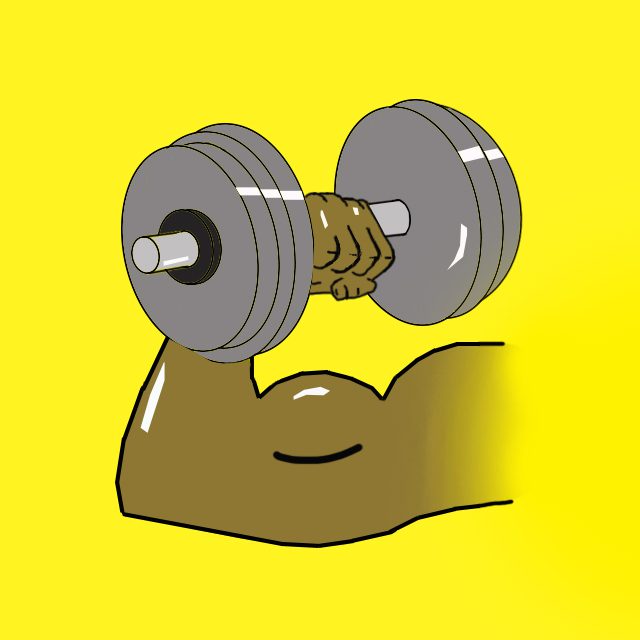Medical experts around the world agree that a sedentary lifestyle with low levels of activity and exercise is dangerous to human health. Regular exercise offers tremendous physical and emotional health benefits. A workout can help a person increase their critical oxygen intake, maintain their body’s cardiovascular system, improve their flexibility, stamina and strength, correct posture problems, support spine and joint health and improve overall mood. If a person needs rehabilitation after an injury or illness, a physical therapy treatment plan that includes cross-fitness and targeted exercises can help heal and strengthen a broken bone, reverse muscle wasting, and improve mobility after a fall or sprain.
Yet, many people need access to specific types of equipment and a professional trainer. With the price of fitness center and gym memberships at an all-time high, it’s wise to explore every possible option.
Medicare Gym Membership Coverage
According to the U.S. Centers for Medicare and Medicaid Services at Medicare.gov, people 65 years of age and older and younger people with disabilities who are covered by Original Medicare (Parts A and B) must pay for the membership because a fitness center or gym is considered an “out-of-pocket” expense. That said, several Medicare extra coverage and supplemental plans offer this benefit because fitness-related memberships fall under the umbrella of “preventative care” services.
Medicare Part C and Medigap Coverage
Many private insurers offer alternative plans to traditional Medicare, such as Medicare Advantage (Part C) and Medical Supplement Insurance (Medigap) plans. These options might cover fitness center and gym memberships. The type and amount of coverage depend on a variety of factors.
Medicare Part C might offer membership coverage to plan participants at retirement age (65+) but not to younger people with disabilities, you can learn more about Medicare Part C on this website. These flexible coverage options for seniors include Renew Active, Silver&Fit and SilverSneakers. Standard Medigap might not offer this benefit, but a person might find out that they can pay an extra fee for the coverage at a price that’s lower than the membership fee.
Since many insurers have restrictions and permit memberships with only certain companies, MA participants need to check with their private insurance companies. With these programs, participants might also receive other benefits, such as discounts on services not covered by the membership or even home exercise equipment.
Related Services Covered by Parts A and B
It’s important to note that Original Medicare does cover medically necessary fitness-related services. A plan participant can usually receive coverage for nutrition and weight-loss services if prescribed and supplied by licensed physicians. If someone has an illness that makes nutrition management, exercise or weight loss difficult, they might receive membership or related services if a medical necessity exists and the support can help prevent debilitation or death.
If a participant can’t afford or receive coverage for a gym membership after a serious illness or injury, they can usually at least receive coverage for diagnosis and treatment appointments with a certified physical therapist. A knowledgeable and experienced P.T. can teach them how to perform each of the exercises they need to improve their health and provide them with a plan and schedule that they can follow at home.
Alternative Ways to Stay Fit and Healthy
Plenty of people acquire low-cost or free fitness center and gym memberships without their health insurance. Some people work for companies that offer membership as a wellness-program benefit or provide an on-site employees-only gym. Many fitness centers and gyms offer discounts to certain groups of people, such as AAA, AARP and USAA members, senior citizens, current and former service men and women, college and professional athletes, and teachers. Some hospitals also offer alternatives for people who can’t financially afford a membership fee. Staff at a local Area Agency on Aging, Center for Independent Living, Community Action, Community Outreach or United Way might also have a program or know of one that can pay part or all of a membership for certain groups.
Lastly, many people maintain their physical and mental health every day without ever setting foot in a fitness center or gym. They take up various types of exercise that helps them maintain fitness, such as crossfit, walking, running, hiking, dancing, rock climbing or swimming. They use in-home exercise equipment such as benches, barbells, dumbbells and kettlebells, ellipticals, stationary bikes and treadmills, jump ropes, home fitness gym machines, indoor rowing machines, punching bags, resistance bands and yoga. They might take up a sport that works multiple areas of the body, such as archery, biking, cycling, basketball, calisthenics, canoeing, kayaking, fishing, tennis or volleyball.
Of course, people 65 years of age and older and younger people with disabilities need to always check with their healthcare professional or team before they make any sudden changes to their lifestyle. A doctor might offer information about how their other patients with Medicare stay fit or alternative options for affording the cost of a fitness center or gym membership.






